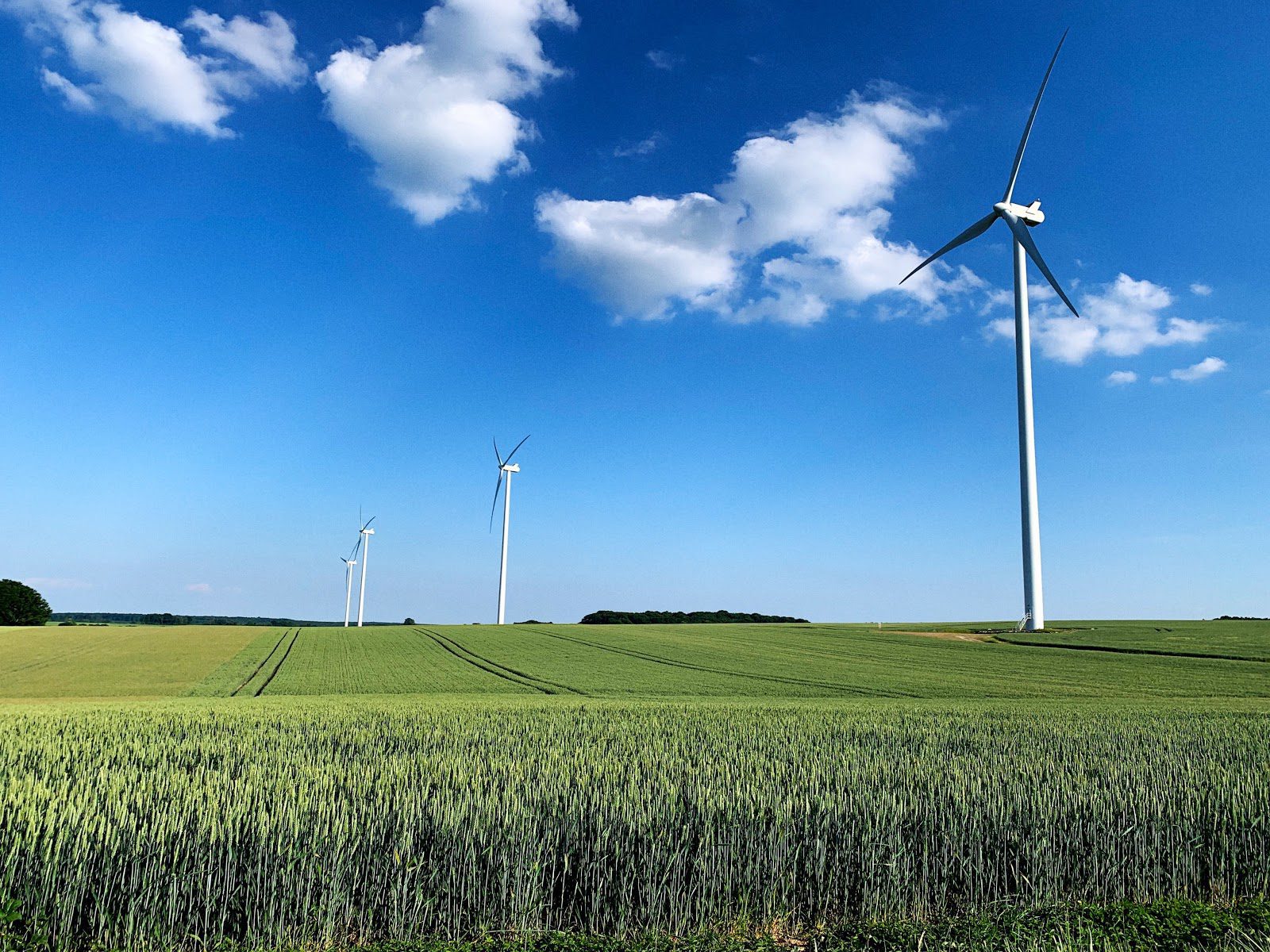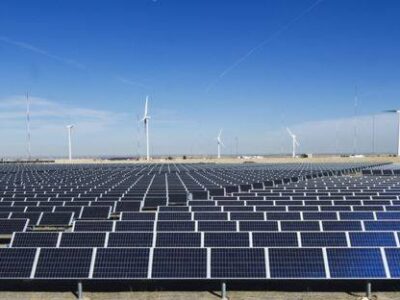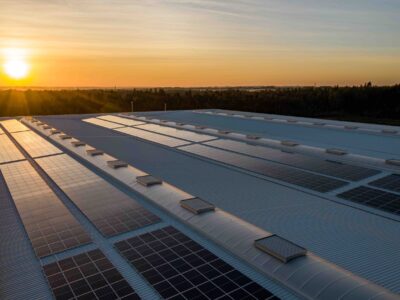It’s been a long time coming, but the United States continues increasing its use of clean energy and moving toward a future with less carbon pollution. With a clearer understanding of carbon emission, as well as America’s advancement of technology, the nation as a whole continues innovating and investing in new energy technology. America produces almost four times as much renewable electricity from the wind and sun as it did a decade ago. Today, wind, solar and geothermal power run more than 10 percent of the nation’s electricity. This investment has become a wise option for domestic companies, with installment and operation costs of clean energy dropping significantly – while the health benefits and day-to-day functionality has increased significantly.
As the nation heads toward a reduction in carbon pollution, companies are reaping not only the financial benefits from the change to clean energy but the all-around health benefits. The shift toward solar and wind power is a real “clean energy transition,” a phrase that continues to appear across news outlets. Solar accounted for nearly half of all new power generation capacity added worldwide last year, surpassing wind as the fourth-largest source across the board. Declining costs and rising capability, as well as the increased competitiveness for battery storage, are driving growth. Renewables are also resilient to lower electricity demand because they are generally dispatched before other electricity sources due to their low operating costs.
Another major factor stateside are federal tax credits, which are beginning to expire, driving the eagerness to switch to clean power while the credits still exist. Eligibility for the Production Tax Credit for new wind projects expires at the end of 2020, and the solar Investment Tax Credit will step down from its current rate of 26% to 22% starting in 2021. Both of these credits have been key drivers for domestic wind and solar growth, helping grow jobs across the U.S.
You can see the change in little things, too. Just a decade ago, an energy-saving LED light bulb cost at least $40, today they are just a few dollars and widely available. Even just five years ago, electric cars seemed to be in the distant future, today they are already a part of the mass market. These consumer items and the larger corporate shift has proven that clean energy can power industry and homes, moving us further and further away from pollution-heavy energy sources.
As prices fall and new energy-saving technologies come on the market every day, it’s clear the U.S. is rapidly transitioning towards a fully clean energy system where 100 percent of our energy comes from clean, renewable sources. The good news is that it will only get cheaper and cheaper. Experts predict that the cost of solar systems will fall by 20 percent from 2020 to 2025, and solar is expected to be among the cheapest sources of power available by 2050. Lithium-ion batteries will fall by 52 percent by 2030, and that the U.S. will exceed 100 gigawatts of installed battery storage by 2040, an almost 100-fold increase from current capacity.
On a human level, phasing out carbon pollution and moving toward cleaner energy will improve our health, as well as decrease the number of extreme weather events including major life-threatening hurricanes, forest fires, and floods.
Despite the pandemic, the expansion of solar, wind, and hydropower is expected to help renewable electricity generation to rise by nearly 5 percent in 2020. A faster recovery would have a minimal impact on renewable energy production, though it would enable more new renewables-based projects to be completed. If recovery is slower, clean energy would still increase, making renewables the energy source most resilient to the current crisis. There is untapped potential in all markets and across the private, public, and government spheres.
Local governments, utilities, and companies are all taking action. There are 165 cities and towns across the country that have committed to 100 percent renewable energy, and 50 cities have already achieved it. Even in states lacking explicit renewables mandates, leading U.S. utilities increasingly understand that clean electricity can be a driver of rate base growth while non-renewable assets become a drag on cash flow. High-profile companies are leading the clean revolution by committing to a 100 percent clean energy goal, spearheaded by the RE100 project. RE100 is the global corporate renewable energy initiative bringing together hundreds of large and ambitious businesses committed to 100 percent clean electricity. More than 260 companies have already committed, including 3M, Target, Ralph Lauren, IKEA, Google, and Facebook.
The U.S. faces an exciting future with wind, solar and geothermal power leading the proverbial charge. Local, state, and federal government entities continue to encourage the growth as the evidence of positive impact, and less expense proves true over and over again. The race toward 100 percent carbon-free has begun, and a beautiful, clear, and pollution-free blue sky’s the limit.





